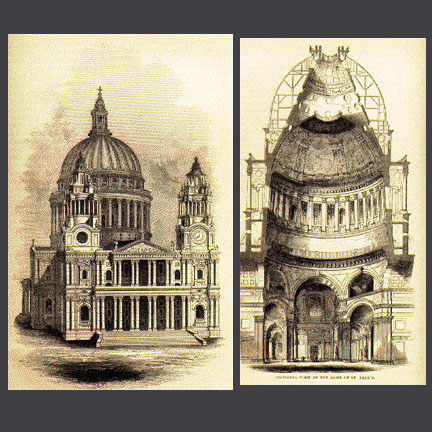 |
 |
 |
 |

London was founded in the first century CE by Romans, who called the swampy area Londinium; it grew in importance over the centuries, and by the early Middle Ages was the most important city in all of Britain. Some remains of Roman and medieval London still survive, especially in the City of London proper, the one-square-mile area on the eastern side of London partly bounded by Roman walls. "The City" has since the seventeenth century been the commercial center of the country, housing the Bank of England and the Stock Exchange. But most of London's architecture dates from after 1666, when the Great Fire destroyed much of the city. (Christopher Wren was one of the most important architects in the years after the Fire.) To the west of the City is Westminster, which contains Westminster Abbey and Cathedral, and which in the eighteenth century became a more fashionable area than the City. During the eighteenth century, London grew considerably, both in population, as hundreds of thousands of people from the country moved to the metropolis, and in size, as the many suburbs surrounding London were developed.
London has long been a cultural capital -- the center of the publishing industry, the theatre, the arts, music, literature. It was a financial capital, too; by the end of the century, as England began to establish its empire, London was the most important commercial city in the world.